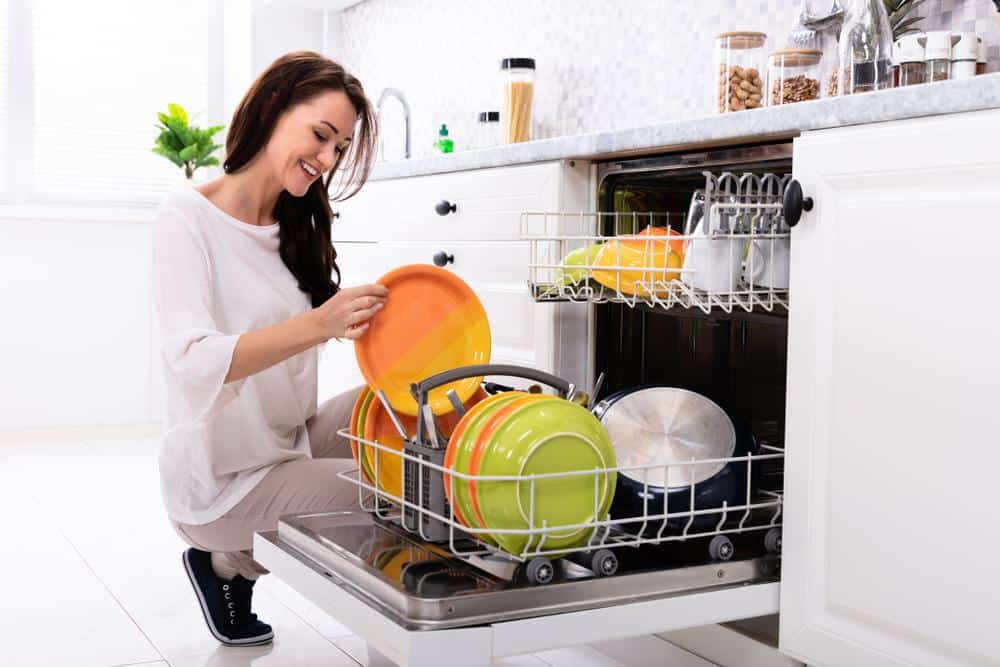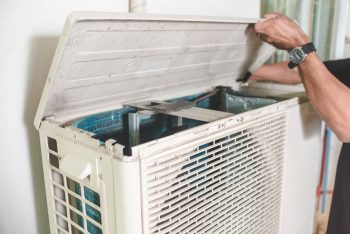
The installation of a KitchenAid dishwasher may seem like a daunting task, but with the right tools, guidance, and a little bit of patience, you can accomplish it yourself. This comprehensive guide will walk you through the entire process, from gathering the necessary tools to testing your newly installed dishwasher.
Installing a KitchenAid dishwasher involves gathering necessary tools, preparing the area, connecting the water supply line, installing the drain hose, connecting the power supply, sliding the dishwasher into the cabinet, securing it, and running a test cycle. Make sure to turn off the power and water supply before starting and consult a professional if you encounter any difficulties.
Gathering the Necessary Tools and Materials
Before starting the installation process, it’s crucial to have all the necessary tools and materials on hand. These include:
- A level
- A tape measure
- An adjustable wrench
- A screwdriver
- A drill
- A utility knife
- A dishwasher installation kit (includes fittings, hoses, and clamps)
- A grounded 3-prong outlet inside a cabinet next to the dishwasher cabinet opening
Preparing the Area for Installation
The first step in installing your KitchenAid dishwasher is to prepare the area. Ensure the power supply for the appliance is shut off and the water supply valve is fully closed. Measure the cabinet opening to ensure it is the correct size for your dishwasher and clear any obstructions.
Connecting the Water Supply Line
Next, route the water line and tape it to the floor in the area shown in the installation instructions. Connect the water supply line to the dishwasher’s inlet valve and tighten it with an adjustable wrench.
Installing the Drain Hose
Locate the drain outlet under your sink, which is usually near the sink’s plumbing. Connect the drain hose to the dishwasher’s drain pump and secure it with a clamp. Route the other end of the drain hose to the drain outlet and secure it with a clamp as well.
Connecting the Power Supply
Depending on your dishwasher model, you may need to connect a power cord or direct wiring. Follow the manufacturer’s instructions for connecting the power supply, ensuring that you use the appropriate wiring and grounding methods.
Sliding the Dishwasher into the Cabinet Opening
Carefully slide the dishwasher into the cabinet opening, making sure not to damage the water line, drain hose, or power cord. Use a level to ensure the dishwasher is level and adjust the leveling legs if necessary.
Securing the Dishwasher to the Cabinet
Attach the dishwasher’s mounting brackets to the underside of the countertop or the sides of the cabinet, depending on your specific model. Use screws to secure the brackets in place.
Testing the Dishwasher
Turn on the power supply and water supply valve. Run a test cycle to ensure the dishwasher is functioning properly and check for any leaks.
Celebrating Your Successful Installation
Take a moment to appreciate your accomplishment! You have successfully installed a KitchenAid dishwasher and are now ready to enjoy the convenience and efficiency it brings to your kitchen.
Remember, if you encounter any difficulties during the installation process or if you’re unsure about any step, it’s best to consult with a professional. Happy dishwashing!
Frequently Asked Questions
What should I do if I don’t have a grounded 3-prong outlet inside a cabinet next to the dishwasher cabinet opening?
If you don’t have a grounded 3-prong outlet inside a cabinet next to the dishwasher cabinet opening, you should hire a licensed electrician to install one. It’s crucial for safety reasons that your dishwasher is properly grounded.
What is the purpose of the dishwasher installation kit, and where can I find one?
A dishwasher installation kit includes all the necessary fittings, hoses, and clamps for installing your dishwasher. You can usually find this kit at home improvement stores or online.
How can I ensure that the dishwasher is level?
To ensure the dishwasher is level, you can use a level tool. Place the level on the top of the dishwasher and adjust the leveling legs until the bubble in the level is centered.
What should I do if the dishwasher is leaking during the test cycle?
If the dishwasher is leaking during the test cycle, it might mean that the water line or drain hose is not properly connected. Turn off the water supply, check all connections, and make sure they are secure. If the problem persists, it’s best to consult with a professional.
What should I do if the dishwasher does not start after installation?
If the dishwasher does not start after installation, make sure that the power supply is correctly connected and turned on. Also, check that the door is fully closed and latched. If it still doesn’t start, contact a professional or KitchenAid’s customer service for further assistance.












